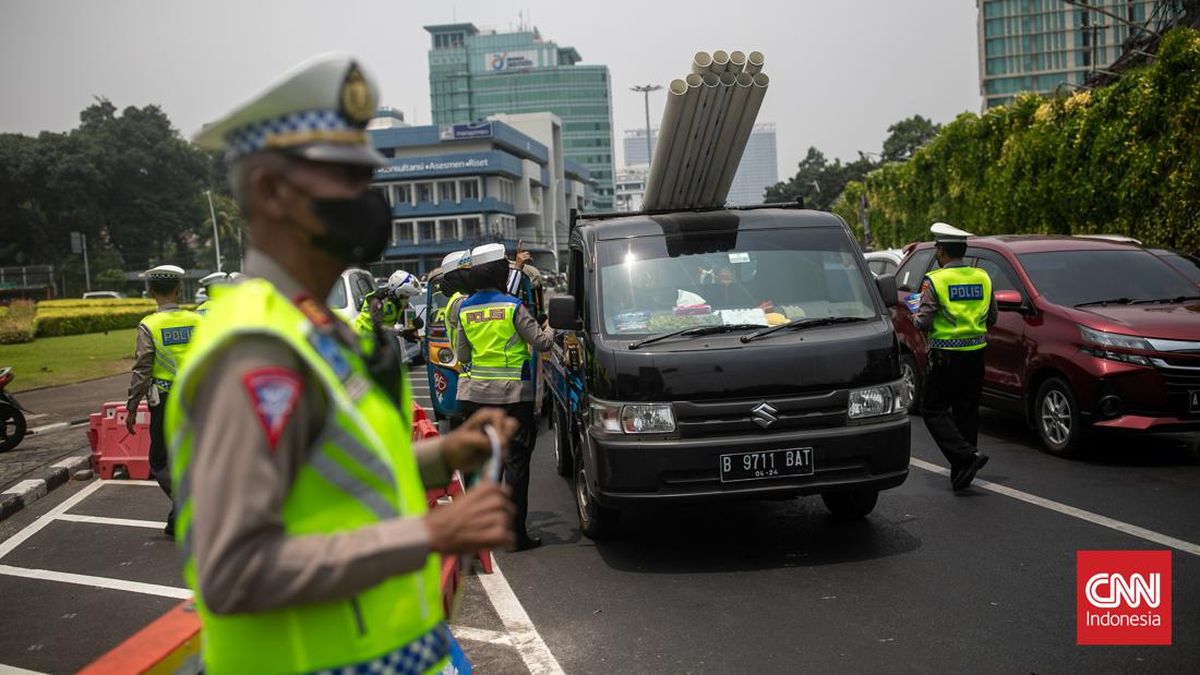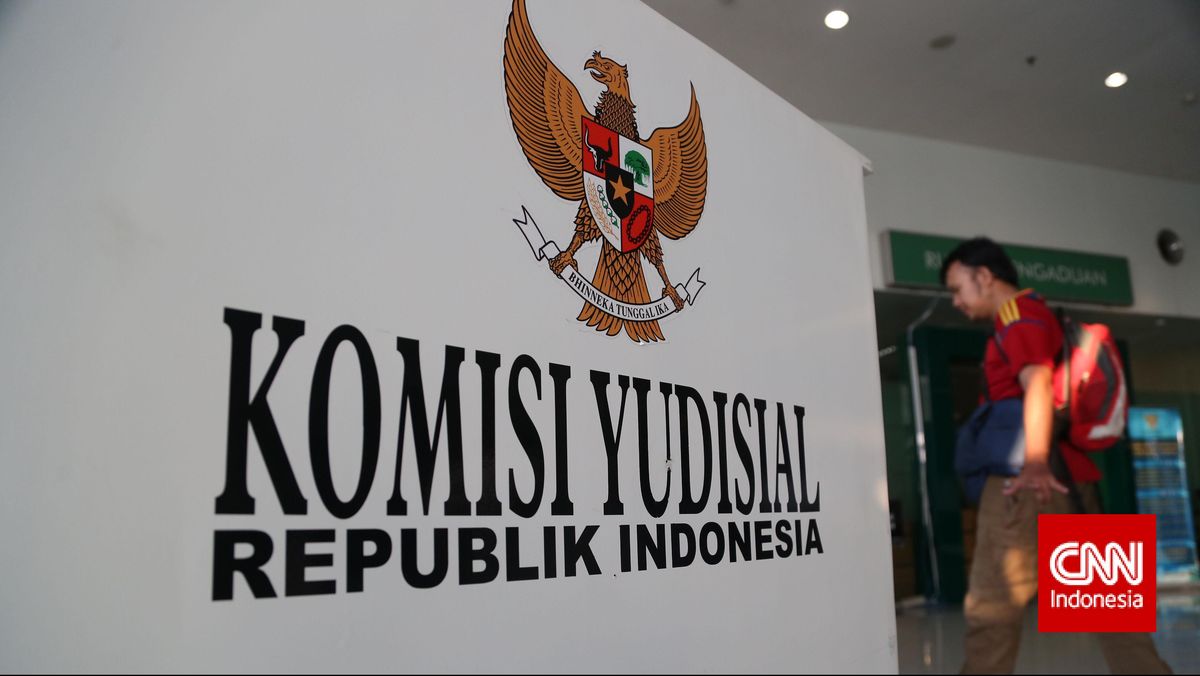An Australian-first traffic light trial that extends green walking signals as pedestrian volume grows has led to a 34 per cent reduction in jaywalking at a busy Sydney intersection over the past year, prompting Transport officials to plot the technology’s expansion as road deaths continue to rise.
Technology combining thermal cameras, artificial intelligence and real-time traffic management software was installed last year at the crossing leading to the Manly Ferry Wharf, where more than 1000 pedestrians can wait for the lights to change before progressing towards the Corso and the beach.

More than 1000 pedestrians can wait for the lights to change at the Manly Ferry Wharf.Credit: Sitthixay Ditthavong
Results from Manly have been celebrated by Transport officials, who plan to install the same technology in Parramatta next year as they consider its implementation at sporting and entertainment precincts in the near future.
Roy Brown, director of the Sydney Coordinated Adaptive Traffic System’s technology and product arm within Transport for NSW, described the Manly trial as one of the “first examples” of integrating smarter technology into the state’s road network.
“On a standard walk time [in Manly], people don’t get time to cross. People end up running across, people hesitate; it’s kind of tricky and dangerous,” Brown told attendees at this year’s Highways AU conference.
“There’s a lot that we can do in terms of making the infrastructure smarter and getting more information out of the traffic network so that we can optimise traffic patterns even better.”

Thermal cameras, AI and real-time traffic management software have helped prevent dangerous crossings.Credit: Sitthixay Ditthavong
The number of pedestrians killed on NSW roads jumped 53 per cent in the past 12 months, underpinning another year of increased fatalities across the state.
Pedestrians killed in Sydney this week include a 33-year-old pregnant woman and her unborn child in Hornsby on Friday night, a 50-year-old man hit by a truck at a Liverpool intersection on Tuesday night, and an 87-year-old who died in hospital on Wednesday after being struck by a school bus in Miranda.
The figures put the state government’s goal of halving all road deaths by 2030 into further jeopardy, and they render plans to eliminate all fatalities and serious injuries by 2050 increasingly unlikely.
University of Sydney transport professor David Levinson said there was “no silver bullet” for improving road safety, but he encouraged the broad adoption of several measures, including lowering car speeds and implementing the technology installed in Manly, to support pedestrians.
Loading
“More pedestrian priority at intersections, and away from them – many safety issues occur because there is no safe pedestrian crossing nearby on long stretches of road – is important,” Levinson said. “We don’t require new technology to do this.”
Premier Chris Minns struck down a push to reduce speeds to 30km/h in the city centre last year, describing the proposal spearheaded by Sydney Lord Mayor Clover Moore as excessive, and quipping that drivers could “walk quicker than that”.
Greens MP Kobi Shetty introduced legislation on Thursday proposing 30km/h speed limits in high-pedestrian areas, saying the measure “does not represent an extreme proposal or fringe ideas”, but an approach to “make our streets safer for all”.
The Morning Edition newsletter is our guide to the day’s most important and interesting stories, analysis and insights. Sign up here.
Most Viewed in National
Loading


















































